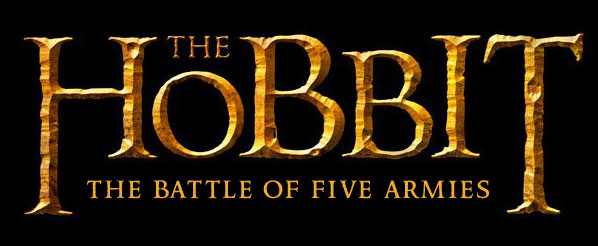- Richard
Dyer – does your genre offer ‘Utopian solutions’? Yes or no, plus
explain why.
The films that come under the genre romantic comedy movies tend to be
utopian solution like endings as they often the stories endings are ideal in
their outlook in most cases, this is because the aim of a romantic comedy is to
make the audience laugh and feel entertained by the lives of characters as
represented in the movie. The majority of films as per Torodovs theory of
equilibrium have disequilibrium, a portion of the film where the story focuses
on a problem, this part of the film can vary greatly between films even in
romantic comedies as the narratives in each film will be different. Where one
narratives disequilibrium could be heart-breaking, for example in ‘Life As We
Know It (2010)’ where the disequilibrium is created from the death of the two
main characters and love interests best friends die and they, a man and a woman
who hate each other, have to come together to bring their dead best friends
child up. This disequilibrium is not utopian in any sort, the characters are
shown mourning their friends and being constantly reminded of their death by
the child. However, the end of the narrative becomes utopian as they fall in
love and help a child who means the world to them grow up. The other side of
this coin is films where the disequilibrium is light-hearted, not emotionally
breaking, for example in How to Lose a Guy in 10 days where the disequilibrium
is the aim of both the main characters to do completely opposite things. The
man trying to woo the woman and the woman trying to drive away the man. This
representation of a story offers possibly utopian solutions as they are trivial
issues to have or at least they could be seen as trivial compared to some plot
problems in films.
- The
Frankfurt School – is the audience sometimes passive in your genre?
Explain why.
I agree that occasionally the audience to the genre Romantic comedy genre
is passive in their consumption of media. Films in the genre are seen as casual
and easy to watch. They do not tend to have long thought out theories behind
them from fans of the story unlike genres like Super Hero where dedicated fans
discuss plot points and story lines and try to put their own theory’s up into
the air. Romantic comedies are loved by a wide range of people but usually lack
the massive fan base who argue and fight over favourite characters.
- Blumler
& Katz – what are the uses and gratifications for audiences of
your genre?
- Entertainment
& Diversion
This fits the genre romantic comedy the most as people often watch a
movie from the genre to escape from the real world. The ideal situation or a
story in which they can lose themselves and forget about their own problems for
the duration of the movie.
- Personal relationships/ social interaction
Romantic comedies tend to follow the
relationship flow or break of a young couple. These representations of young
relationships and social interaction form what a lot of people can begin to
relate to as romantic comedies often have themes which follow the experiences
of young people like moving away from each other, relationship troubles,
bully’s or more common things young people deal with in life.
- Personal identity
The inclusion of common problems faced by an
audience makes a movie more relatable. An audience being drawn to media which
represents them. The relatable nature of Romantic comedies is what draw people
to the genre as people are interested on how people other than themselves would
deal with a situation.
- Information/Education
Many new films focus on difficult issues of the world which are hard to
watch and worrying to learn about however romantic comedies have a reputation
for being light hearted and used for distraction so they are expected not to
house difficult topics, however they are likely to include some current news
like unemployment.
- David
Buckingham – if the audience of your genre is young people, how does
this theory apply?
• The
theory of David Buckingham’s creative audience theory fits the genre of
romantic comedy because young people watch the media texts which fall into the
genre category to escape the world and learn certain ideas from the experiences
of other people through the representation formed from the creators of the
media text. Young people also experience a romantic comedic film to help
attempt organising their own life as per the advice from the films characters. This
means a film has to be careful during the production of the film to make sure
young audiences are responsible with the knowledge or that they as the
producers limit the effect the film could be on the audience. the genre also
stays true to the part of his theory in which he states “Many of their interactions with the media are not
contrived, committed or concentrated but fleeting, visceral and meaningless.” Because as I have said previously the audience and fan base for
a romantic comedy film is often short lived and uncommitted, especially so if
you were to compare this to another genre like super hero or mystery.






























